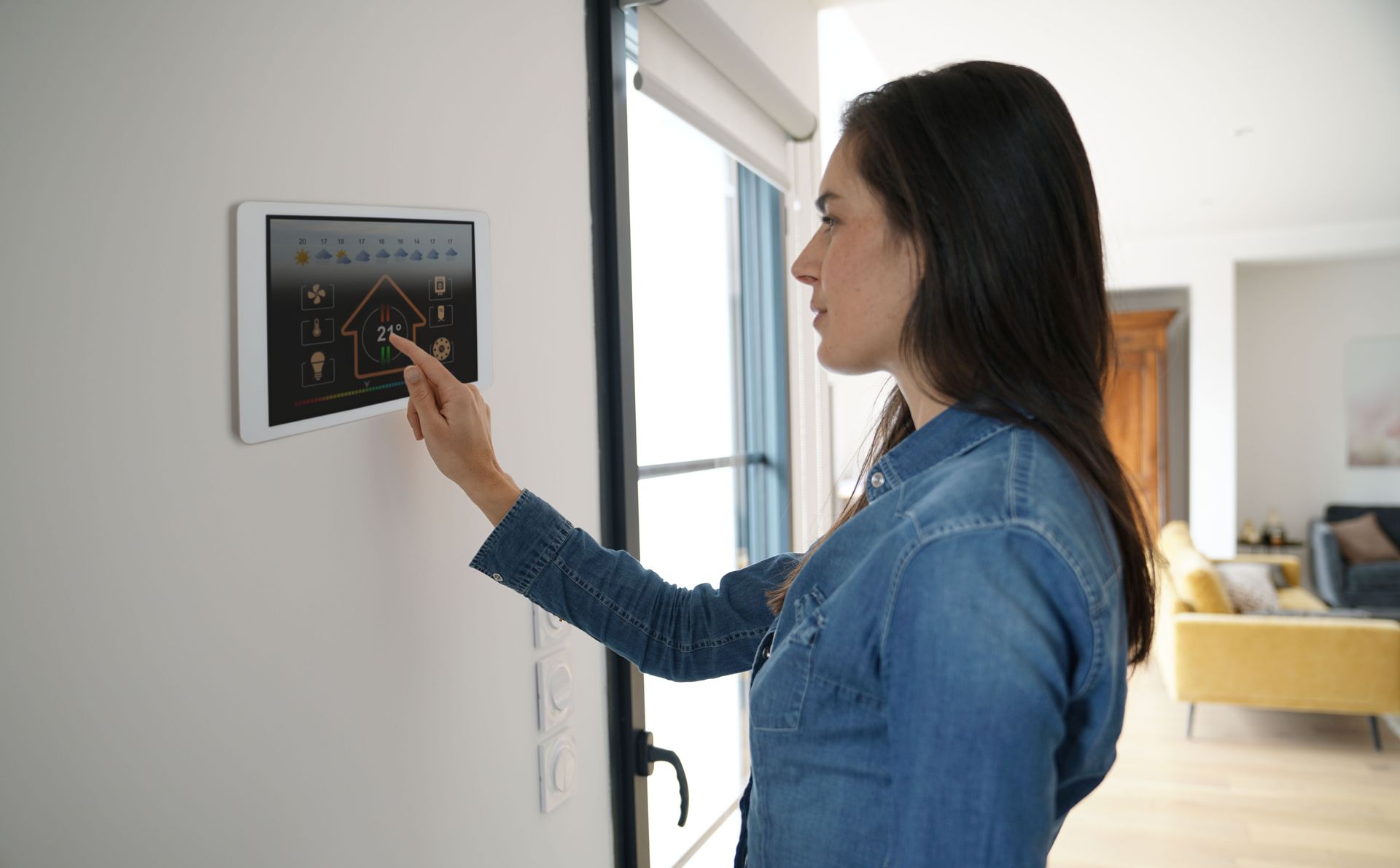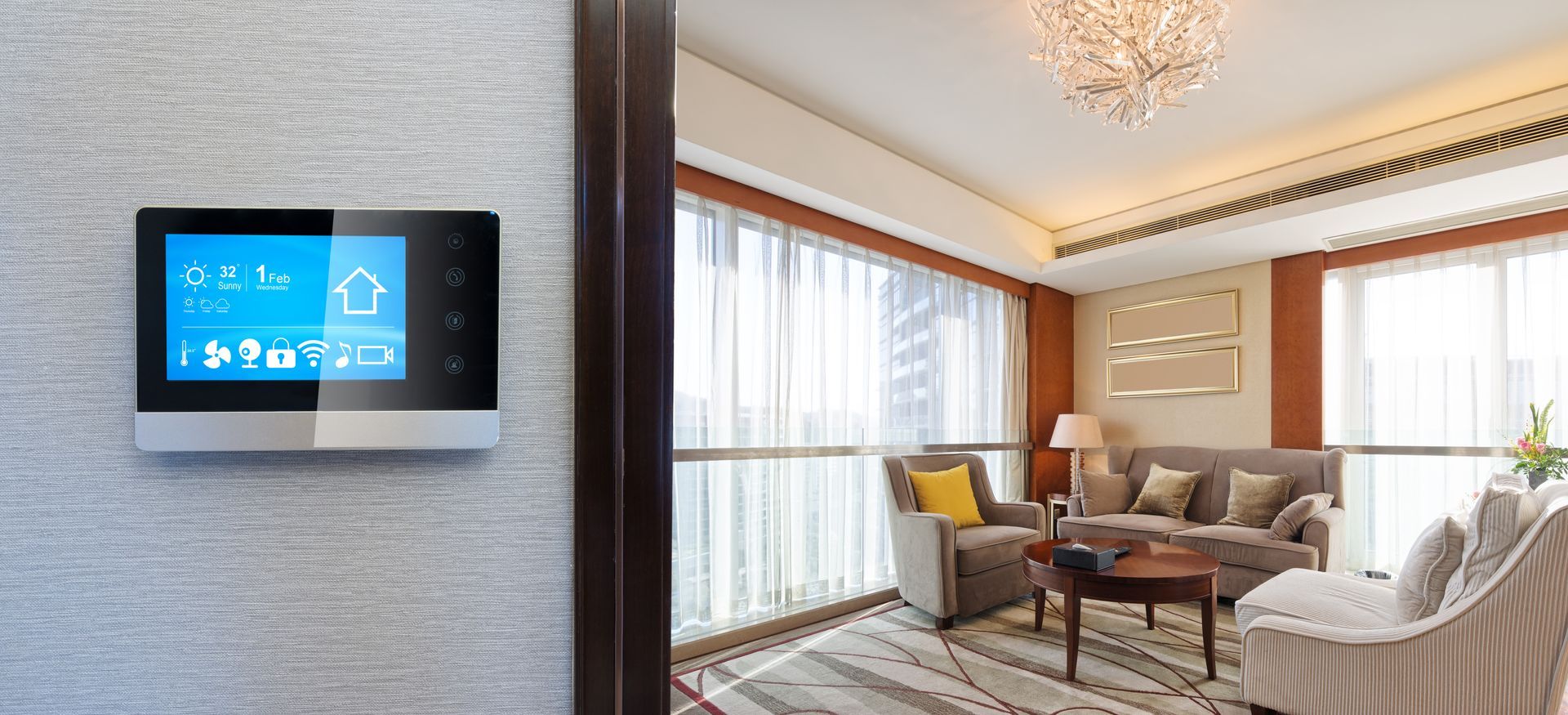A Step-by-Step Guide to Planning Your Home Theater Setup
Turning Your Living Room into a Blockbuster Experience
Imagine transforming your living space into a cinematic paradise where the popcorn is always fresh, the seats are the best in the house, and the pause button is at your command. Creating a custom home theater isn't just about buying a big screen and some speakers; it's about designing an immersive experience tailored to your preferences. Whether you're a film aficionado or a casual viewer, this guide will walk you through the essentials of planning your home theater setup.
Step 1: Choosing the Right Space for Your Home Theater
Selecting the ideal location is the foundation of your home theater installation. Consider the following factors:
- Room Size and Shape: A rectangular room is often preferred for optimal sound distribution.
- Lighting Conditions: Basements or rooms with minimal natural light are ideal to prevent screen glare.
- Acoustic Properties: Carpeted floors and soft furnishings can enhance sound quality by reducing echoes.
- Accessibility: Ensure the room is easily accessible and can accommodate necessary wiring and equipment.
Remember, the goal is to create a space where you can fully immerse yourself in the viewing experience without external distractions.
Step 2: Selecting the Perfect Display
The centerpiece of any home theater setup is the display. Your choice between a television and a projector depends on your room and viewing preferences.
- Television: Ideal for smaller rooms; look for 4K UHD TVs with HDR support for vibrant colors and sharp images.
- Projector and Screen: Suitable for larger spaces; projectors can provide a cinematic experience with screen sizes exceeding 100 inches.
Consider the viewing distance and angle to ensure everyone has a clear and comfortable view.
Step 3: Crafting the Ultimate Sound Experience
Audio quality is crucial in replicating the theater experience. A well-planned sound system can make the difference between merely watching a movie and being enveloped by it.
- Surround Sound Systems: A 5.1 or 7.1 channel system provides immersive audio.
- Soundbars: A compact alternative that can deliver high-quality sound without multiple speakers.
- Acoustic Treatments: Adding sound-absorbing panels can enhance audio clarity by minimizing echoes.
Position speakers strategically around the room to create a balanced sound field.
Step 4: Integrating Source Components
Your home theater's functionality depends on the devices that provide content. Ensure compatibility and ease of use with the following components:
- Streaming Devices: Roku, Apple TV, or Amazon Fire Stick for accessing various streaming services.
- Blu-ray/DVD Players: For high-definition physical media playback.
- Gaming Consoles: PlayStation, Xbox, or Nintendo Switch for gaming and media streaming.
- AV Receiver: Acts as the hub, connecting all devices and managing audio and video signals.
Organize cables neatly and consider using a universal remote for simplified control.
Step 5: Designing Comfortable and Functional Seating
Comfortable seating enhances the viewing experience. Consider the following when selecting furniture:
- Recliners or Theater Seats: Provide comfort and can include features like cup holders and USB ports.
- Sectional Sofas: Offer flexibility and can accommodate more viewers.
- Seating Arrangement: Ensure all seats have an unobstructed view of the screen.
Arrange seating to maintain optimal viewing angles and distances.
Step 6: Enhancing the Ambience with Lighting and Decor
Lighting plays a significant role in setting the mood. Implement the following to create an authentic theater atmosphere:
- Dimmable Lights: Allow you to adjust brightness levels to suit different viewing scenarios.
- LED Strip Lights: Add a modern touch and can be synchronized with on-screen content.
- Blackout Curtains: Prevent external light from affecting screen visibility.
- Thematic Decor: Movie posters, wall art, and themed accessories can personalize your space.
Ensure that lighting controls are easily accessible, possibly through smart home integration.
Step 7: Incorporating Smart Home Integration
Modern home theaters benefit from smart technology, enhancing convenience and control. Consider integrating:
- Voice Assistants: Amazon Alexa or Google Assistant for hands-free operation.
- Smart Lighting Systems: Automate lighting scenes for different activities.
- Universal Remote Apps: Control all devices from your smartphone or tablet.
Smart integration can streamline your home theater experience, making it more enjoyable and user-friendly.
Step 8: Professional Installation vs. DIY
Deciding between hiring professionals or undertaking a DIY project depends on your comfort level and the complexity of the setup.
- Professional Installation: Ensures optimal performance, proper calibration, and can save time.
- DIY Approach: Can be cost-effective and allows for personal customization but may require more time and technical knowledge.
If you're seeking "home theater installation near me," consider reaching out to local experts who can provide tailored solutions.
Elevate Your Entertainment with Eurotech Sound’s Home Theater Setup in Park Ridge, IL
Transform Your Vision into Reality
At Eurotech Sound, we specialize in creating custom home theater experiences that cater to your unique preferences and space requirements. Our team of professionals in Park Ridge, IL, and the surrounding areas is dedicated to delivering top-notch installations that bring your cinematic dreams to life.
Whether you’re starting fresh or upgrading your current setup, we’ll handle everything from sound design to smart integrations, so you can sit back and relax—literally. We don’t just stop at home theaters either. Eurotech Sound also offers services like smart whole-house integration, smart energy management, commercial system installations, outdoor lighting, and more. Your home deserves more than just a screen and speakers—it deserves a total experience.
Give our team a call at
(312) 927-3876 and let’s start planning your perfect setup today. No guesswork, no wires in the wrong place, and no missed scenes while fumbling for the remote. Just seamless, stress-free home entertainment done right.
FAQs
How much does a home theater setup typically cost?
Costs can vary widely depending on your equipment, room size, and whether you hire professionals. On average, a basic setup might run between $2,000 and $5,000, while high-end custom installations can exceed $10,000.
Is it better to use a projector or a large TV?
It depends on your space and viewing habits. A projector is great for a true “cinema feel” in larger rooms, while a 4K TV may be better for smaller areas or bright rooms with more ambient light.
Can I set up a home theater in my living room?
Absolutely. While a dedicated room is ideal, a living room can be transformed with the right combination of display, speakers, and lighting control.
Do I need surround sound or is a soundbar enough?
A soundbar can be a great option in smaller rooms or for budget-conscious setups. For full immersion, a 5.1 or 7.1 surround sound system is the gold standard.
What’s the benefit of hiring a professional for installation?
Professionals ensure your system is properly calibrated, wires are hidden, and devices are synced smoothly. You’ll avoid common pitfalls and get a setup that looks and sounds amazing from day one.

SHARE ARTICLE
OUR RECENT POSTS



